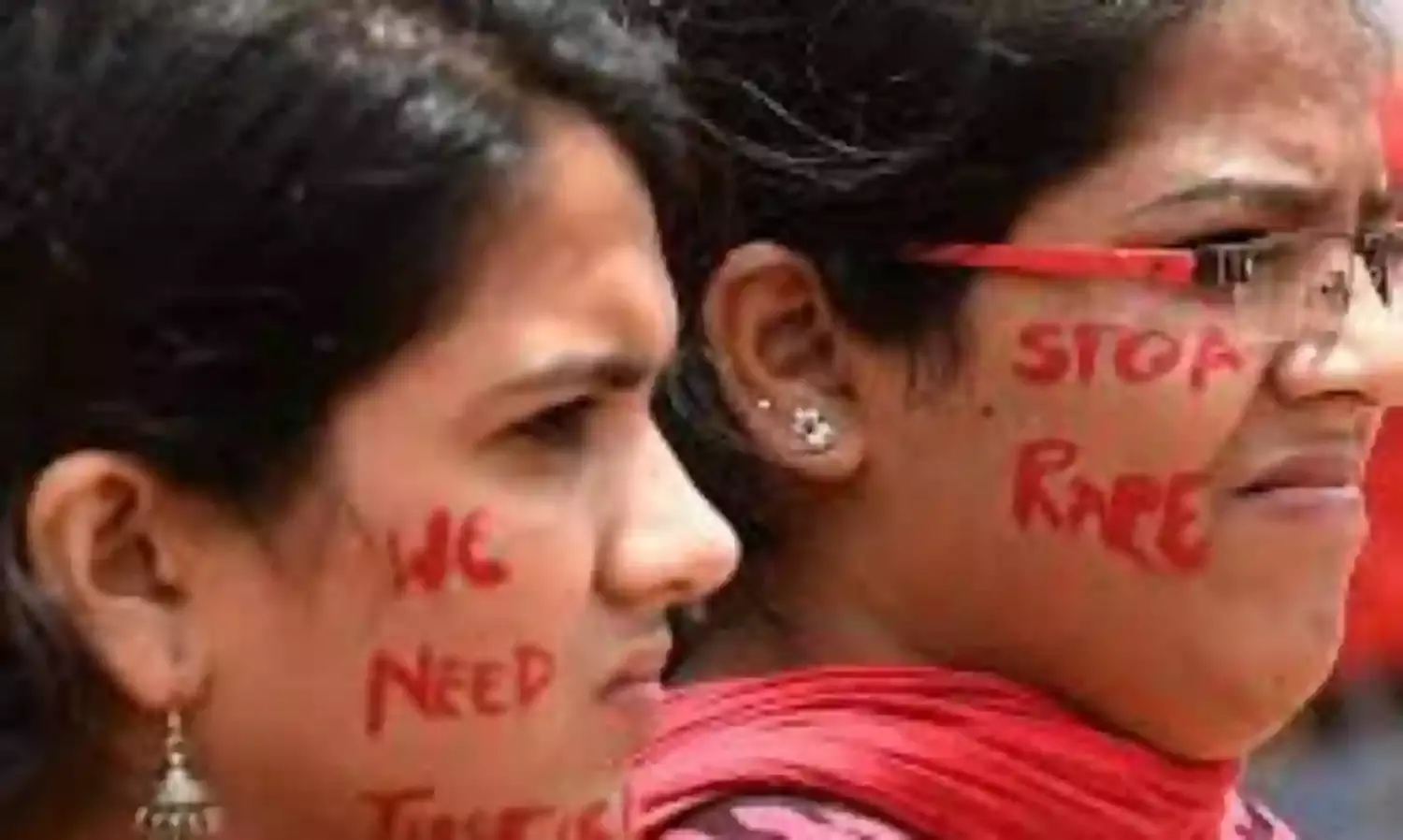Caste Crimes Continue Against Women
Lucknow Gup on International Women’s Day
I wonder what the International Women’s Day on March 8 means for the 17-year-old Dalit girl from the historic city of Hathras in Uttar Pradesh (UP) who was reportedly gang raped last Sunday. Probably not much till the vast majority of Dalit women remain impoverished, and without access to basic resources.
Most Dalit women in rural areas of UP work as landless daily wage labourers. They have few options of becoming economically independent in a caste ridden patriarchal society.
The teenager was allegedly raped by two men as she returned home after having made some money at a local wedding.
According to the police the latest victim of the rage of the patriarch is a resident of Aligarh district. To make ends meet, the girl had found work at a local wedding. Her job was to greet guests by showering flowers on them.
On the night of March 2, her work finished around midnight after which she left the venue of the wedding at a guest house in Hathras. On her way home two men from the wedding offered her a ride to Aligarh some 40 km from Hathras. After a short ride, the men allegedly stopped the bike and raped the girl by the roadside.
The victim had managed to stumble to the nearest police station to file a complaint. She said that the two young men who had raped her were part of the catering team at the wedding.
Boys Will Be Boys?
The sexual abuse suffered by Dalit women in UP is routine and where the attitude mostly is that boys will be boys! There was the barbaric incident of 2020 when a 19 year old Dalit girl also in Hathras was gang raped and her body was hurriedly cremated by the police against the wishes of her family.
The police had reportedly locked up her family members in a house away from the glare of the media as the Dalit body was cremated, turning to ash also all evidence of the crime.
Similar incidents of violence against women are often dubbed as a case of suicide, and dismissed. The culprits are seldom brought to book.
Disregarding the inhumanity of the act, criminals are often not punished enough. In this case the victim was admitted to the Aligarh Medical Hospital in a paralysed condition with a severe spinal cord injury.
Before she died, in a Delhi hospital in September 2020, the victim had named the rapists but no arrests were made for days after the tragic incident. She had named four upper-caste men, and only the main accused was eventually convicted while the other three were acquitted.
Attacks On Dalit Women
The attack on Dalit women throughout UP is widespread. According to the National Crime Records Bureau’s (NCRB) report of 2022, UP topped the crime chart of the country.
Uttar Pradesh also topped the list of states with the highest number of crimes against Dalits. Crimes against the Scheduled Castes in 2022 accounted for roughly 28 percent of the crimes committed against the scheduled castes across the country.
The state registered the most cases of crime against women with 65, 473 cases compared to 56,083 cases in 2021. Figures are likely to be much higher because many crimes go unreported, due to fear of revenge or intimidation by the people in power, including the police.
Gangrapes in UP numbered 62, mostly around the Lakhimpur Kheri district. Remember the two Dalit sisters who were found hanging from a tree also in Lakhimpur Kheri district a decade ago? Lakhimpur Kheri district has witnessed similar incidents of crime against women in the past. Three minor girls were raped and murdered in different parts of the district between August 14 and September 3, 2020, almost normalising routine violence against Dalit women.
Activists said that Dalit women face a higher risk of gender and caste-based violence at the hands of men from dominant castes who use sexual violence as a weapon. It is to reassert their superiority and to humiliate all women, in particular Dalit women who are not seen as human beings. The violence faced by Dalit women is accompanied by economic oppression and sanctified by the caste system.
Since the early 1990s, violence against Dalits has escalated mainly in response to a growing Dalit rights movement. How dare the Dalits complain, is the source of anger of the ‘Upper Caste’ male. Despite strict laws and affirmative action policies, caste-motivated killings, social exclusion and other abuses remain a daily occurrence.
The three states of UP, Bihar and Rajasthan reported more than half of the cases of atrocities against Dalits. Dalit women are illiterate and have been forced to accept the social hierarchy norms. They find work as bonded labourers, and being landless in a society where untouchability is practised, most women are not aware of their civil, social, economic, and cultural rights.
When Women Own Land
Some attempts have been made in UP to involve women in rural areas to land literacy. However, not enough has been achieved so far.
In 1994 Bina Agarwal wrote “A Field of One’s Own”. According to Agarwal, landlessness is the single most important factor in the second-class citizenship of women in India. When a woman owns land, the husband knows that the woman has an alternative place to go.
Having a property to go to increases women’s bargaining power within a marriage.
Landlessness, therefore, is the main reason for rural women’s pathetic plight.
While the country’s laws are progressive and allow inheritance and equality to women, cultural practices on the ground have not overcome centuries of cruelty and discrimination against women. Even in the 21st Century most women do not know that they have rights, including to inherit and to own agricultural land.





